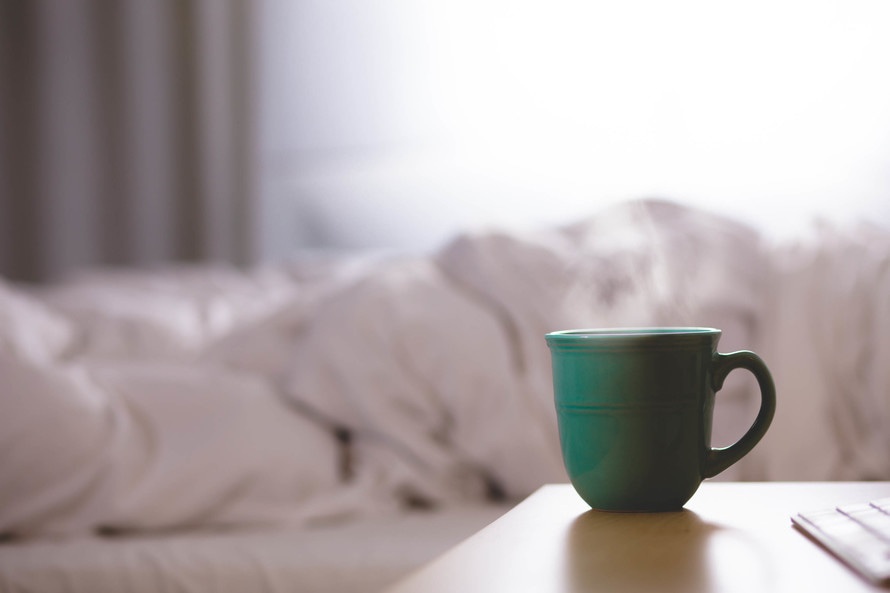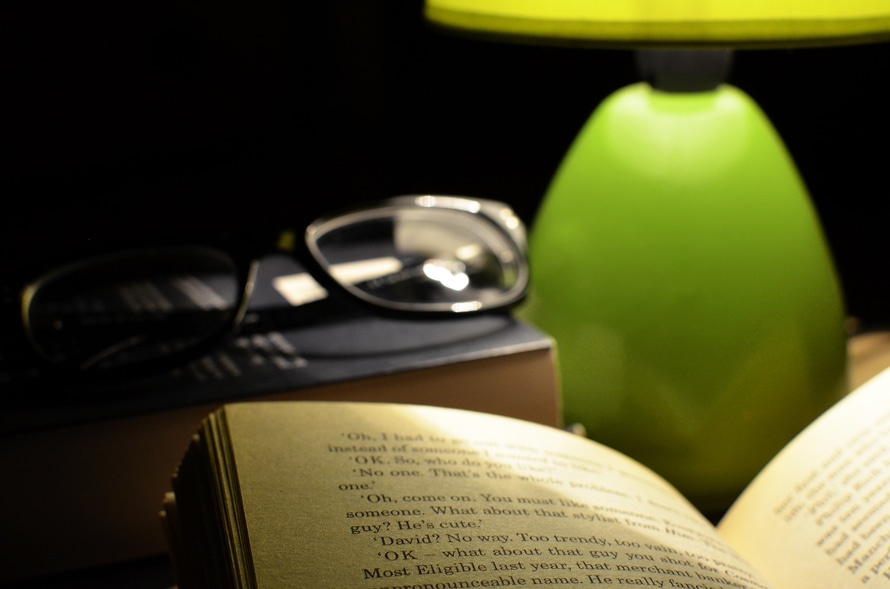If there’s one thing planners need, it’s a good night’s sleep. But it’s not always easy to do when there are hundreds of event details swirling through your brain at 2 a.m.
Head out on the road, add an unfamiliar bed, a few time zone changes and an over-stuffed schedule, and sleep can become even more elusive. So what’s the solution?
Plan to sleep, as in, put the pieces in place, prep your mind and body and set the stage for sleep success, no matter where in the world you lay your head. Here’s how:
1. Pick your room wisely
Ask for a room that’s a long way from typical hotel noise-makers like guest elevators, room service/housekeeping elevators, ice machines, vending machines or laundry areas. Also steer clear of guestrooms near function rooms, lobby bars or outdoor pools, particularly in ‘party towns’ like Miami, New Orleans, Vegas, etc., where events can be loud, long and impossible to sleep through. In bustling cities, rooms on higher floors will put a bit more distance between you and the din of nearby highways and early morning garbage truck pickups.
2. Embrace the ‘Do Not Disturb’ sign – and the security latch
Whether you’re dealing with jet-lag or just need a 20-minute nap, you’ll sleep a lot better if you embrace the power of the Do Not Disturb sign – it’s your first line of defense against the well-intentioned but sleep-disruptive knocks from hotel staff. The second line of defense: flipping the door lock and security latch to prevent intrusions.
3. Wear your sunglasses…at night?
Though it may sound a bit strange, and look a bit odd to the room service guy, wearing ‘blue blockers’ or a pair of sunglasses with amber lenses at night can help you fall asleep more easily, particularly if you go to bed clutching a smartphone or tablet. Why? Because screens blast blue light into your eyes, which the brain interprets as daylight. All that light suppresses the release of our fall-asleep chemicals and triggers the release of daytime-alertness-chemicals, right at the time when we’re trying to drift off.
Don’t have amber shades? Then improvise with your usual sunglasses to reduce the ‘screen-shine’ and always remember to dim screen(s) to the max to prevent those middle of the night texts from lighting up your room and waking your brain.
4. Put the brakes on your brain
You’ll sleep better if you put the brakes on the brainwave activity that can keep you over-revved at night. Start by shutting down the laptop, TV and smartphone at least an hour before you plan to go to sleep. Next, strap on the headphones and tune into a sleep-inducing play list or guided meditation to help you drift off.
You can also try Brainwave Power Music which utilizes ‘binaural beats,’ a therapeutic collection of meditative sound patterns designed to help encourage deep, restful sleep.
5. Wind down your body
The simplest way to prep your body for sleep is with a hot bath. Some tub time will help open the blood vessels and relax muscles, making sleep come more easily. To boost the sleep-promoting effects, some lavender essential oil added to the bath or spritzed around the room can help cut anxiety and insomnia according to a recent British study from the University of Southampton.
6. Deprive your senses
When you’re sleepless in Seattle or wide-awake in Wellington, black-out curtains, earplugs and eyeshades are essential to getting a good night’s rest. Forget to pack the plugs and shades? Then improvise. Try sleeping with a hand towel or spare t-shirt across your eyes to block out light and put bed pillows over your ears to tamp down extraneous noise.
Also—never sleep with the TV on. The constantly flickering light, subtle as it may seem when your eyes are closed, will trick your brain into thinking it’s daytime, making falling asleep and staying asleep more difficult.
7. Ring them bells
When you have an early event to manage or a pre-dawn flight to catch, concerns about sleeping through the alarm can keep you awake and undermine the quality of your sleep once you do finally drift off. Instead of tossing and turning, my strategy is to make it virtually impossible to oversleep – thus the multiple alarm technique, no ‘snooze’ button necessary:
· Start by setting the alarm on your iPhone and your iPad, placing both well out of arm’s reach.
· Add to that a wake up call, plus a follow-up call.
· Top it off with a scheduled-the-night-before room service breakfast delivery, and you’ll be ready for action.
· Need a bit more backup? Then re-purpose your old, decommissioned Blackberry and use it as an alarm clock. It’s loud, can go for days without charging and never fails.

